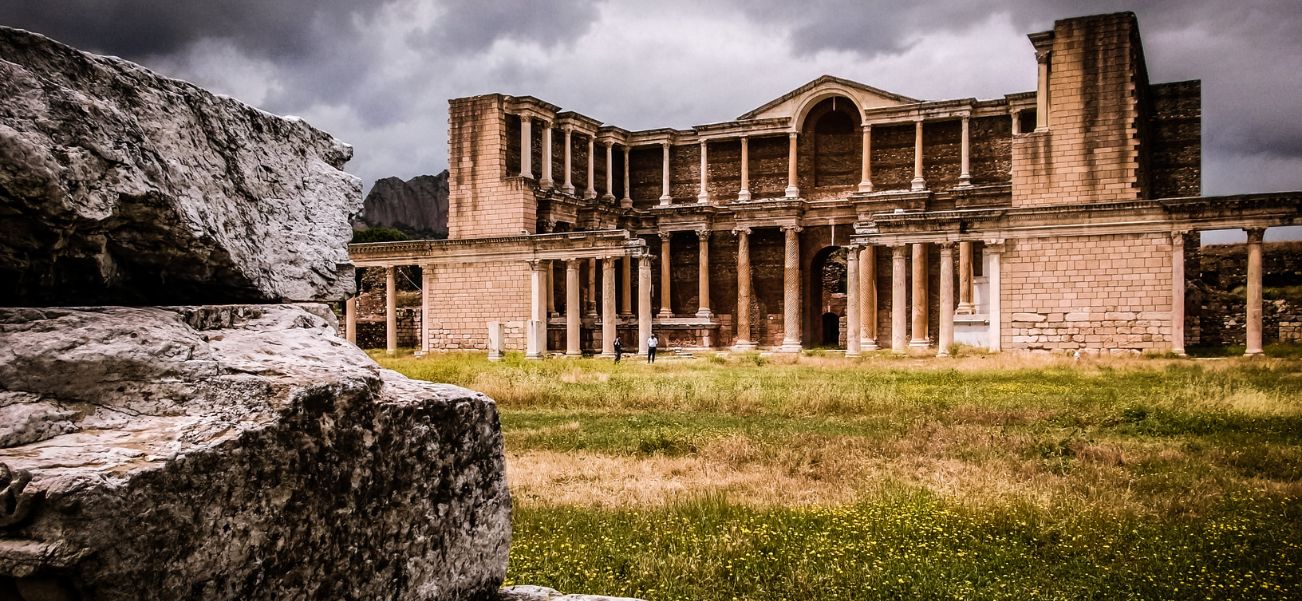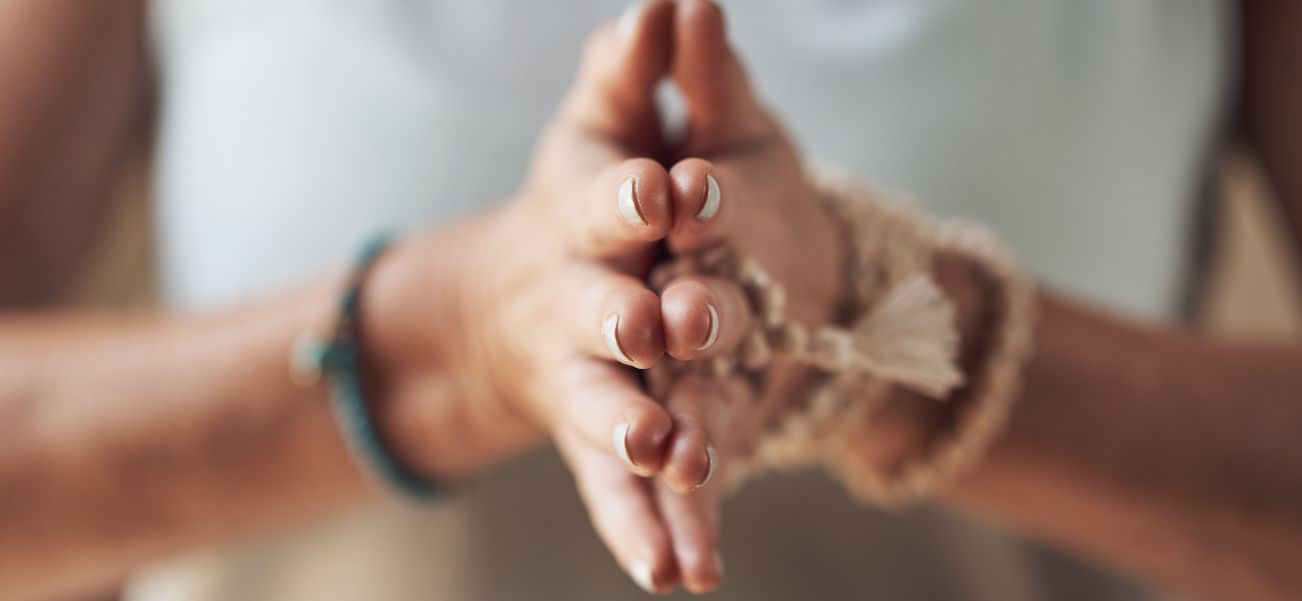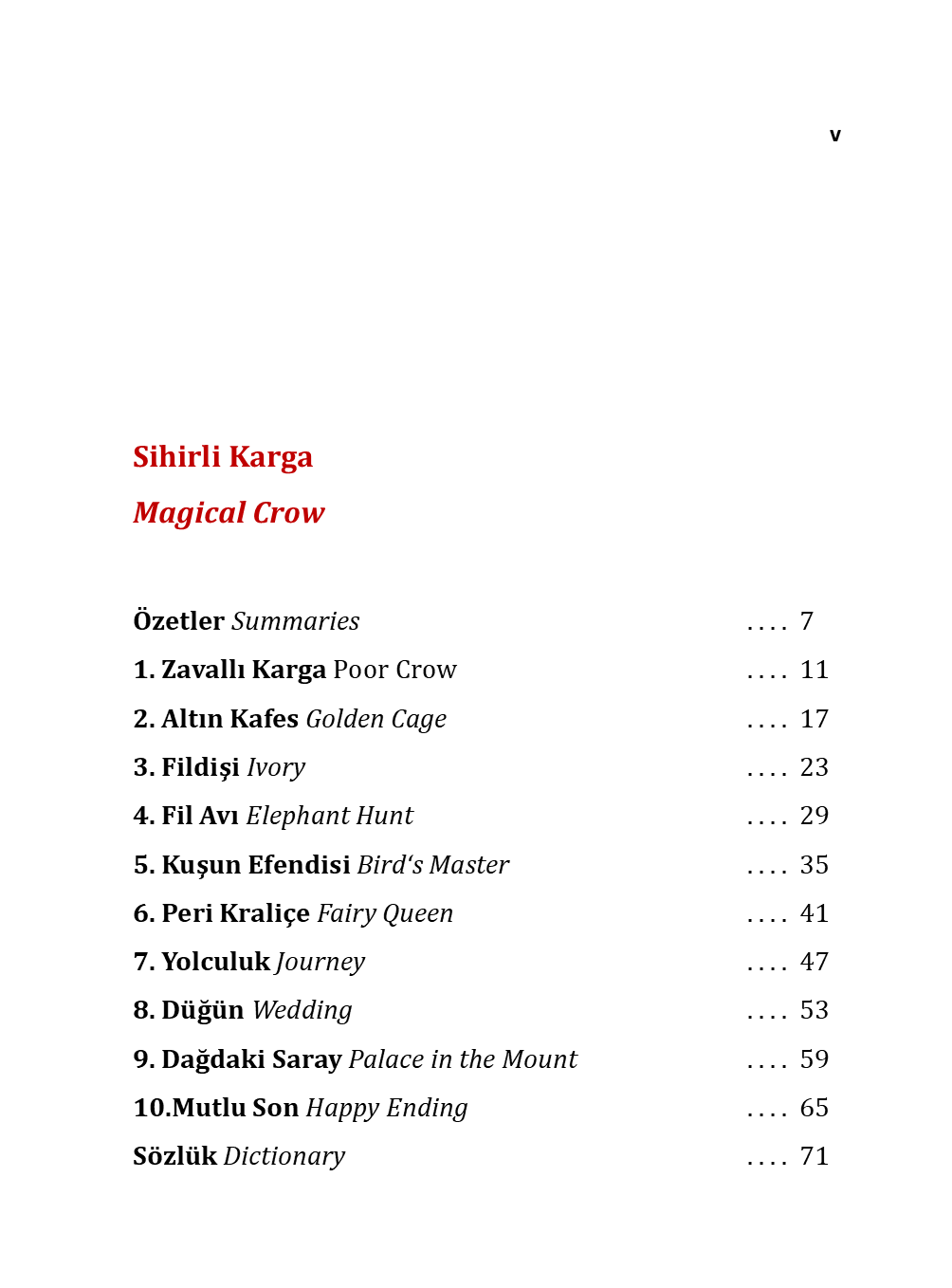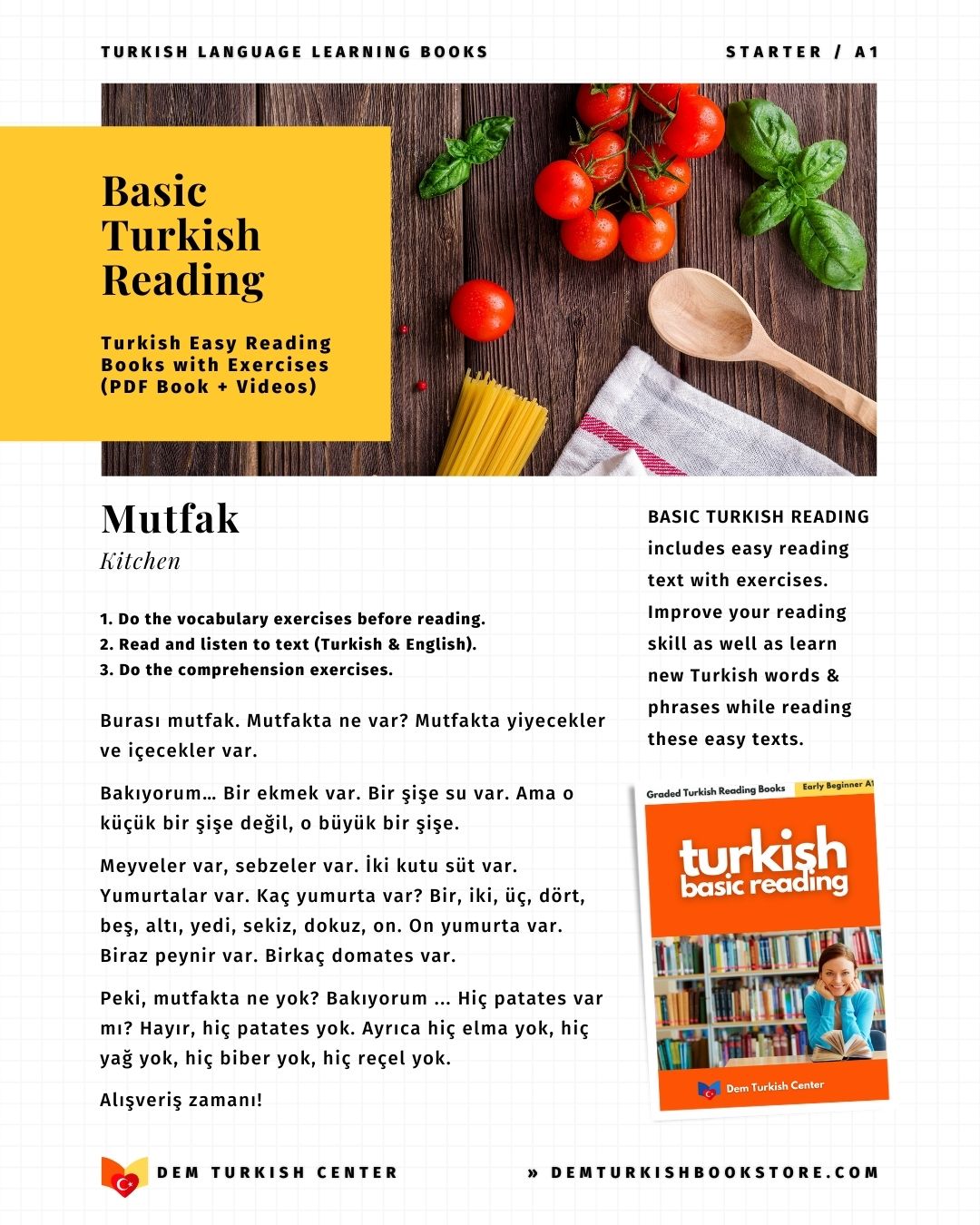
Lydians & First Coin: How Money Was Invented in Turkey
Money is one of humanity’s most revolutionary inventions. Before coins and banknotes, people relied on bartering—trading goods like livestock, grain, or tools. But as societies grew more complex, a more efficient system was needed.
Enter the Lydians, an ancient civilization in what is now Turkey, who made history by creating the world’s first standardized coins around 600 BCE. This innovation transformed economies, trade, and even the concept of wealth itself.
In this blog post, we’ll explore:
- Who were the Lydians?
- Why did they invent coins?
- How did their invention change the world?
- What did the first coins look like?
- The legacy of Lydian coinage in modern finance
By the end, you’ll understand why Turkey holds a special place in the history of money—and how a small, shiny invention shaped civilization forever.
HOW MONEY WAS INVENTED BY THE LYDIANS IN ANATOLIA
Listen to this audio about "First Coin: Lydians":
The Pic History Of Turkey Through The Ages
1. Who Were the Lydians?

The Lydians were an ancient people who ruled a kingdom in western Anatolia (modern-day Turkey) from around 1200 BCE to 546 BCE. Their capital, Sardis, was a thriving hub of trade and culture, strategically located near the **Pactolus River**, famous for its gold-rich sands.
Key Facts About the Lydians:
- Language & Culture They spoke Lydian, an Indo-European language, and had a unique culture blending Anatolian and Greek influences.
- Wealth & Trade Lydia was incredibly wealthy due to gold deposits and its position on trade routes between Mesopotamia and the Mediterranean.
- Innovations Besides coins, they are credited with early retail shops and possibly even the concept of a "money economy."

Their most famous king, Croesus (ruled 560–546 BCE), became a symbol of immense wealth—so much so that the phrase "rich as Croesus" is still used today.
2. Why Did the Lydians Invent Coins?

Before coins, trade was messy. Imagine trying to buy bread with a goat or negotiating the value of wheat versus pottery. The barter system worked for small communities but became impractical as trade expanded.
The Problems with Barter:
- Lack of a common measure of value (How many chickens equal a cow?)
- Goods weren’t easily divisible (You can’t split a live goat for small purchases.)
- Perishability (Grain spoils; metals don’t.)
The Lydians needed a portable, durable, and universally accepted medium of exchange. Their solution? Standardized metal tokens with guaranteed value.
Why Electrum?
The first Lydian coins were made of electrum, a natural alloy of gold and silver found in the Pactolus River. Electrum was:
- Valuable (precious metal content ensured trust)
- Durable (unlike grain or livestock)
- Divisible (could be made in different sizes/values)
By stamping these pieces with official marks (like a lion’s head, the symbol of Lydia), the king guaranteed their weight and purity, making them reliable for trade.
3. What Did the First Coins Look Like?
The earliest Lydian coins were small, bean-shaped lumps of electrum, stamped with simple designs. Unlike modern coins, they weren’t perfectly round.
Features of the First Coins:
- Material Electrum (approx. 55% gold, 45% silver)
- Weight Varied, but early coins weighed around 4.7 grams (a stater, a standard unit).
- Designs Lion’s head (symbol of the Lydian monarchy), Simple geometric punches (early authenticity marks)
These coins weren’t just money—they were a symbol of royal authority. By controlling coin production, Lydian kings strengthened their economy and political power.
4. How Did Coinage Spread and Evolve?
The Lydian innovation didn’t stay in Anatolia. Neighboring civilizations quickly saw the benefits of coinage.
The Spread of Coinage:
- Greeks Adopted the Idea Greek city-states like Athens began minting their own coins (e.g., the Athenian owl tetradrachm).
- Persians Continued the Tradition After conquering Lydia (546 BCE), the Persians used coins for their vast empire.
- Romans Perfected It The denarius became one of history’s most famous coins.
By 300 BCE, coinage was standard across the Mediterranean and beyond.
Why Was Lydia’s Invention So Revolutionary?
- Standardized Trade No more haggling over barter values.
- Boosted Commerce Easier transactions led to more trade.
- Enabled Taxation & Armies Governments could pay soldiers and collect taxes efficiently.
- Laid the Foundation for Modern Banking
5. The Legacy of Lydian Coins: From Ancient Turkey to Modern Money
Today, every coin and banknote in your pocket traces its origins back to Lydia.
Lasting Impacts:
- Global Monetary Systems The concept of state-backed currency remains unchanged.
- Economic Trust Governments still guarantee the value of money.
- Symbolism in Currency Modern coins and bills still feature national symbols (just like the Lydian lion).
Did You Know?
- The oldest known coin hoard was found in Turkey, at the Artemis Temple in Ephesus.
- The Pactolus River’s gold funded Lydia’s wealth—and mythology says King Midas washed away his "golden touch" curse there!
- Croesus later introduced pure gold and silver coins, setting the standard for future currencies.
Conclusion: Money Was Born in Turkey
The Lydians didn’t just invent coins—they invented an idea that changed civilization. Their system of standardized currency solved ancient economic problems and laid the foundation for modern finance.
Next time you swipe a credit card or hand over cash, remember: it all started with a small, stamped piece of electrum in ancient Turkey, over 2,600 years ago.
Want to See the First Coins?
Visit the Manisa Museum in Turkey, where some of the earliest Lydian coins are displayed!
What do you think? Could you imagine a world without coins? Share your thoughts in the comments!













